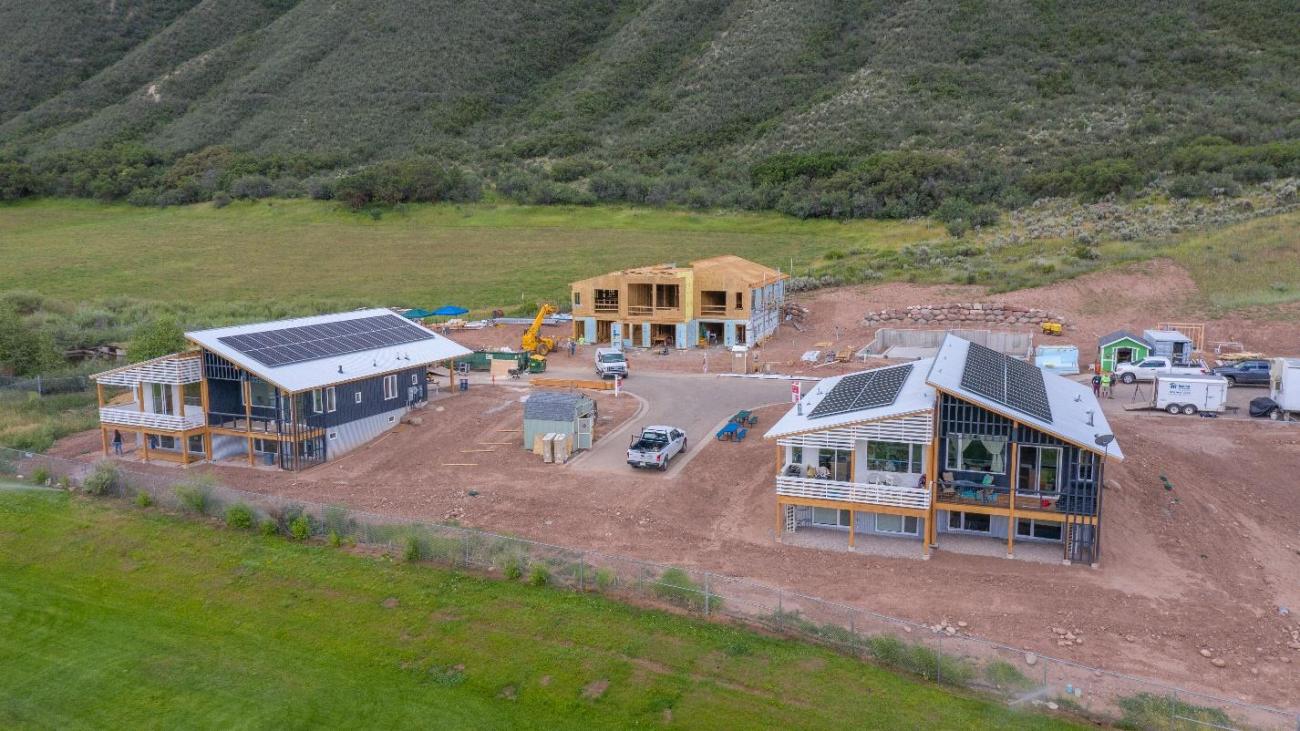Report
Pilot Considerations for Grid-Interactive Efficient Buildings in Hawaii
This brief provides information laying out the goals and data needed for a successful GEB pilot and addressing key utility priorities that GEB can help contribute to. The report presents illustrative ...
This brief provides information laying out the goals and data needed for a successful GEB pilot and addressing key utility priorities that GEB can help contribute to. The report presents illustrative examples that consider the metrics for gauging pilot success and considerations for public utility commissions and pilot designers.
See Report
(1.7 MB)


